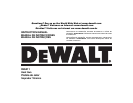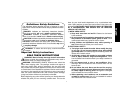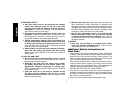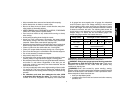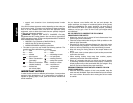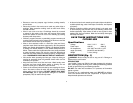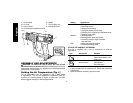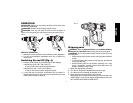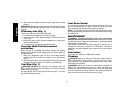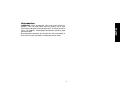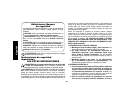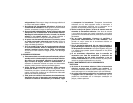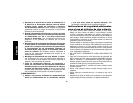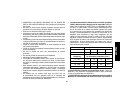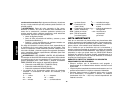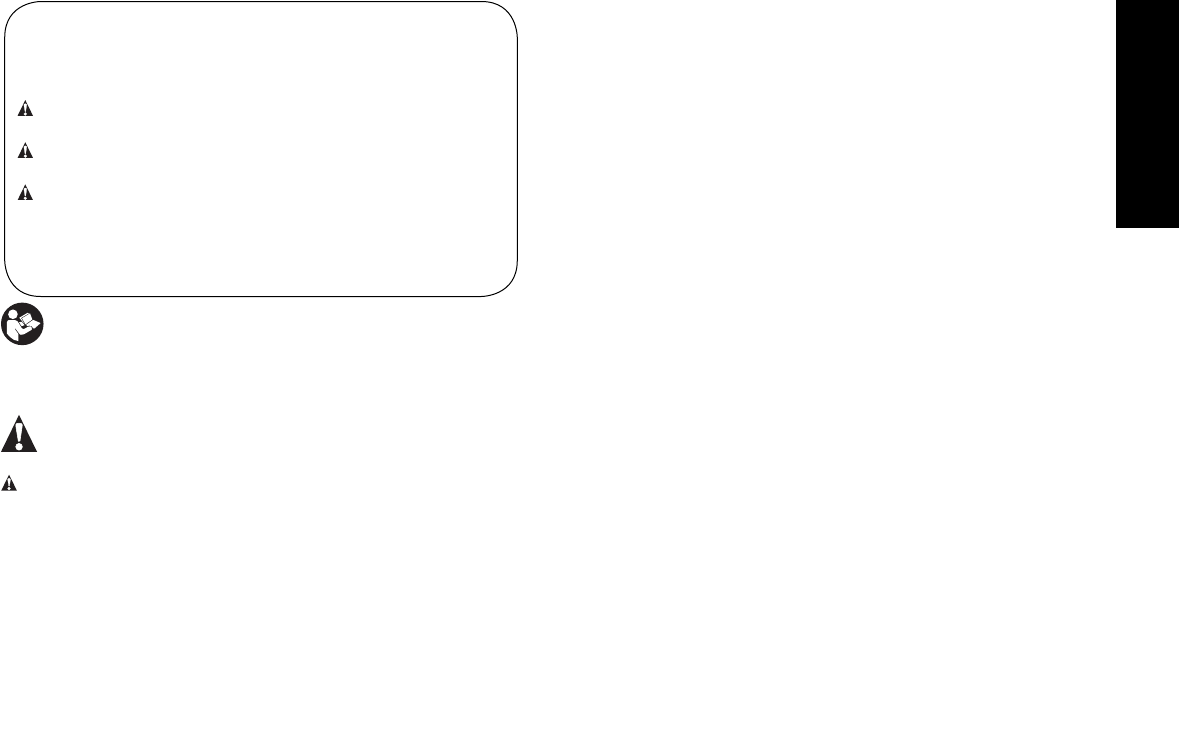
1
English
Definitions: Safety Guidelines
The definitions below describe the level of severity for each
signal word. Please read the manual and pay attention to these
symbols.
DANGER: Indicates an imminently hazardous situation
which, if not avoided, will result in death or serious injury.
WARNING: Indicates a potentially hazardous situation
which, if not avoided, could result in death or serious injury.
CAUTION: Indicates a potentially hazardous situation which,
if not avoided, may result in minor or moderate injury.
CAUTION: Used without the safety alert symbol indicates a
potentially hazardous situation which, if not avoided, may result
in property damage.
WARNING: To reduce the risk of injury, read the instruction
manual.
Important Safety Instructions
READ THESE INSTRUCTIONS
WARNING! Read all safety warnings and all instructions
Failure to follow the warnings and instructions may result in
electric shock, fire and/or serious injury.
WARNING: LEAD-BASED PAINTS. Extreme care should be
taken when stripping paint. The peelings, residue and vapors of
paint may contain lead, which is poisonous. Any pre-1977 paint
may contain lead and paint applied to homes prior to 1950 is likely
to contain lead. Once deposited on surfaces, hand to mouth contact
can result in the ingestion of lead. Exposure to even low levels of
lead can cause irreversible brain and nervous system damage;
young and unborn children are particularly vulnerable.
Before beginning any paint removal process you should determine
whether the paint your are removing contains lead. This can be
done by your local health department or by a professional who
uses a paint analyzer to check the lead content of the paint to be
removed. LEAD BASED PAINT SHOULD ONLY BE REMOVED
BY A PROFESSIONAL AND SHOULD NOT BE REMOVED
USING A HOT AIR TOOL.
1) WORK AREA SAFETY
a) Keep work area clean and well lit. Cluttered or dark areas
invite accidents.
b) Do not operate tool in explosive atmospheres, such as in
the presence of flammable liquids, gases or dust. Tools
create sparks which may ignite the dust or fumes.
c) Keep children and bystanders away while operating a
tool. Distractions can cause you to lose control.
2) ELECTRICAL SAFETY
a) Tool plugs must match the outlet. Never modify the plug
in any way. Do not use any adapter plugs with earthed
(grounded) tools. Unmodified plugs and matching outlets will
reduce risk of electric shock.
b) Avoid body contact with earthed or grounded surfaces
such as pipes, radiators, ranges and refrigerators. There
is an increased risk of electric shock if your body is earthed or
grounded.
c) Do not expose tools to rain or wet conditions. Water
entering a tool will increase the risk of electric shock. Do not
immerse tool.
d) Do not abuse the cord. Never use the cord for carrying,
pulling or unplugging the tool. Keep cord away from heat,
oil, sharp edges or moving parts. Damaged or entangled
cords increase the risk of electric shock.
e) When operating a tool outdoors, use an extension cord
suitable for outdoor use. Use of a cord suitable for outdoor
use reduces the risk of electric shock.



